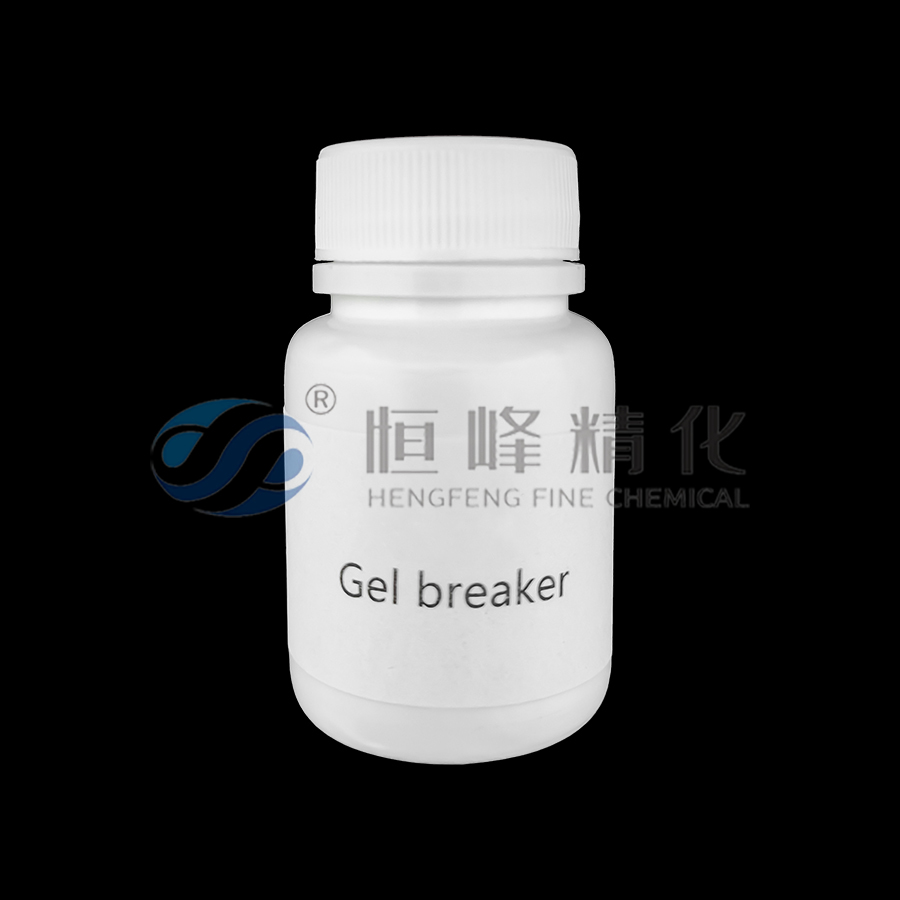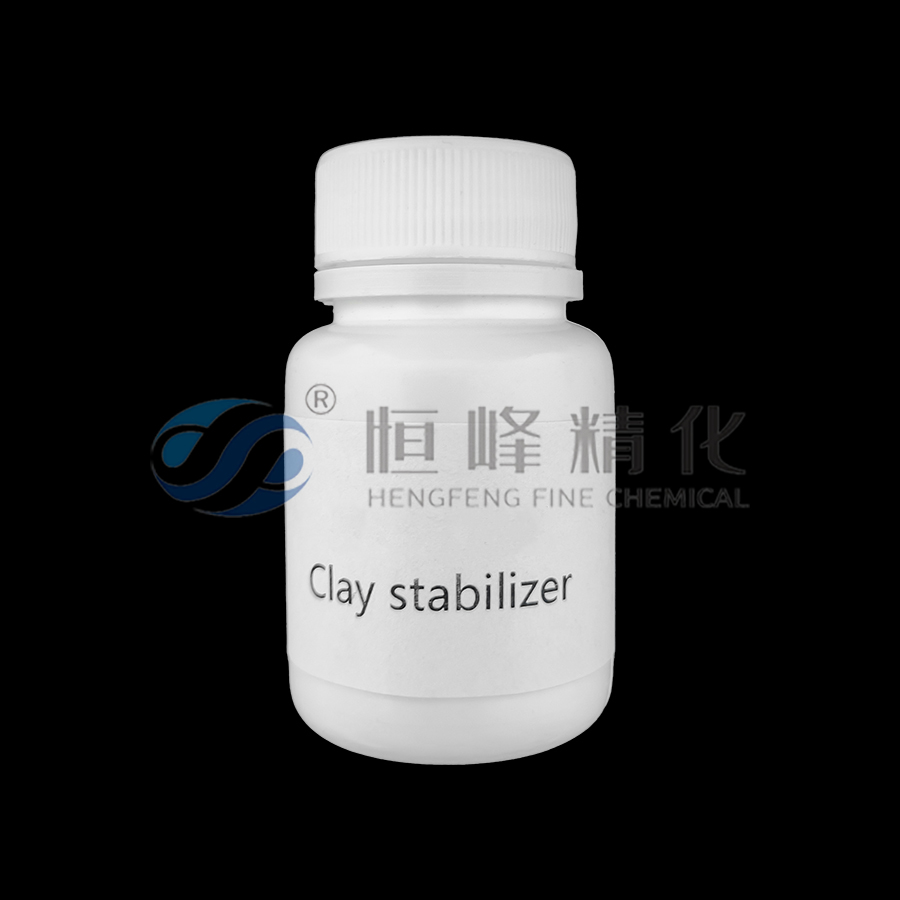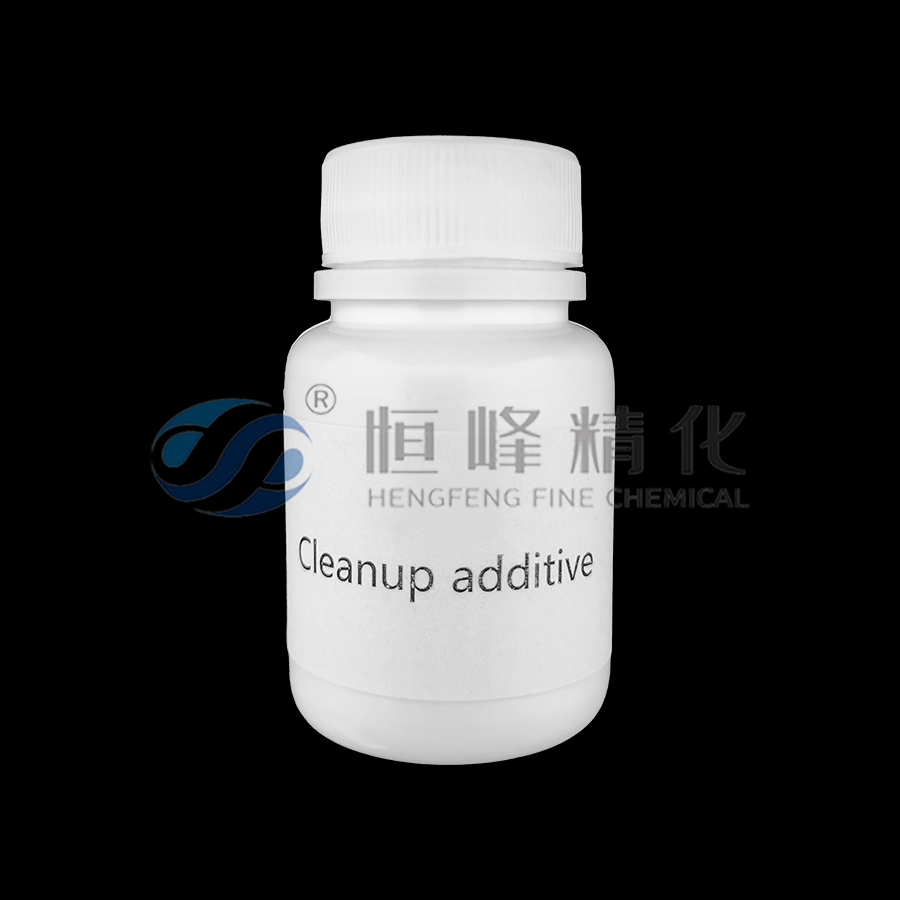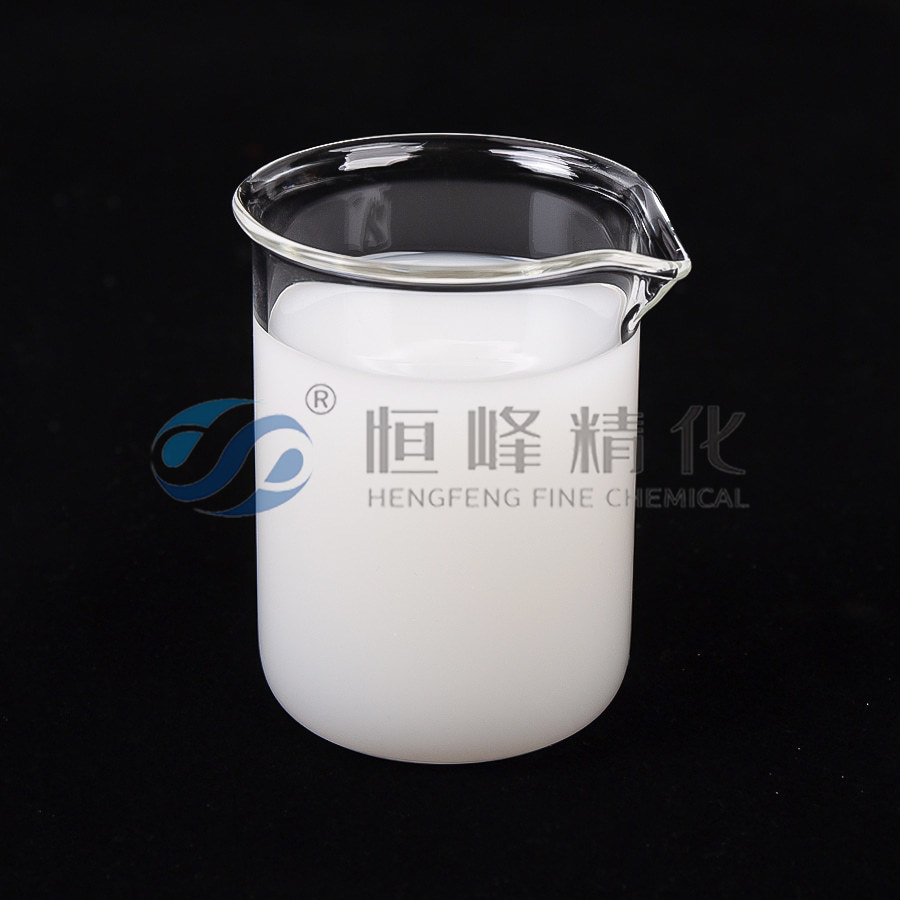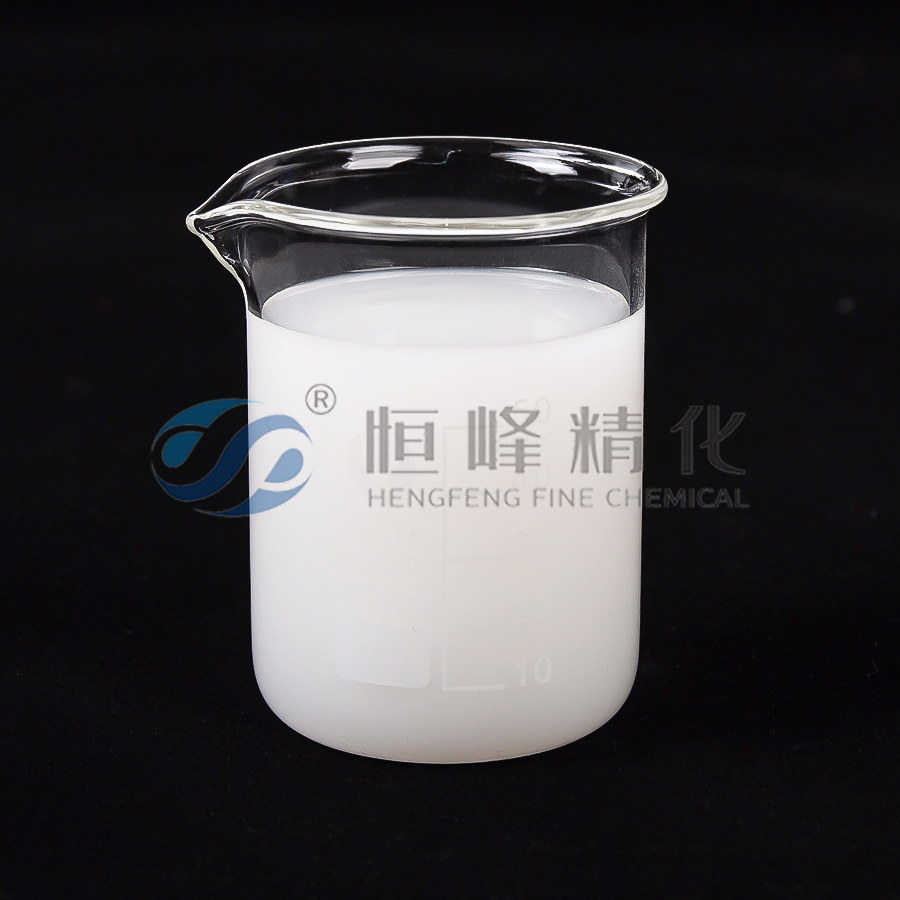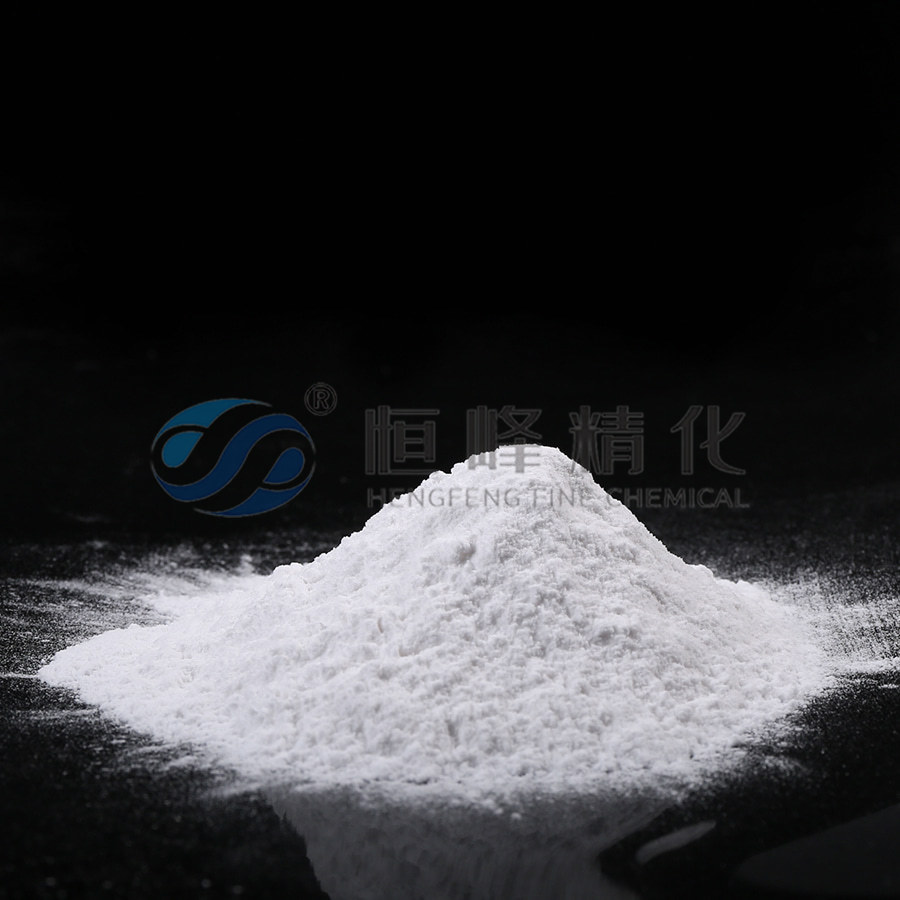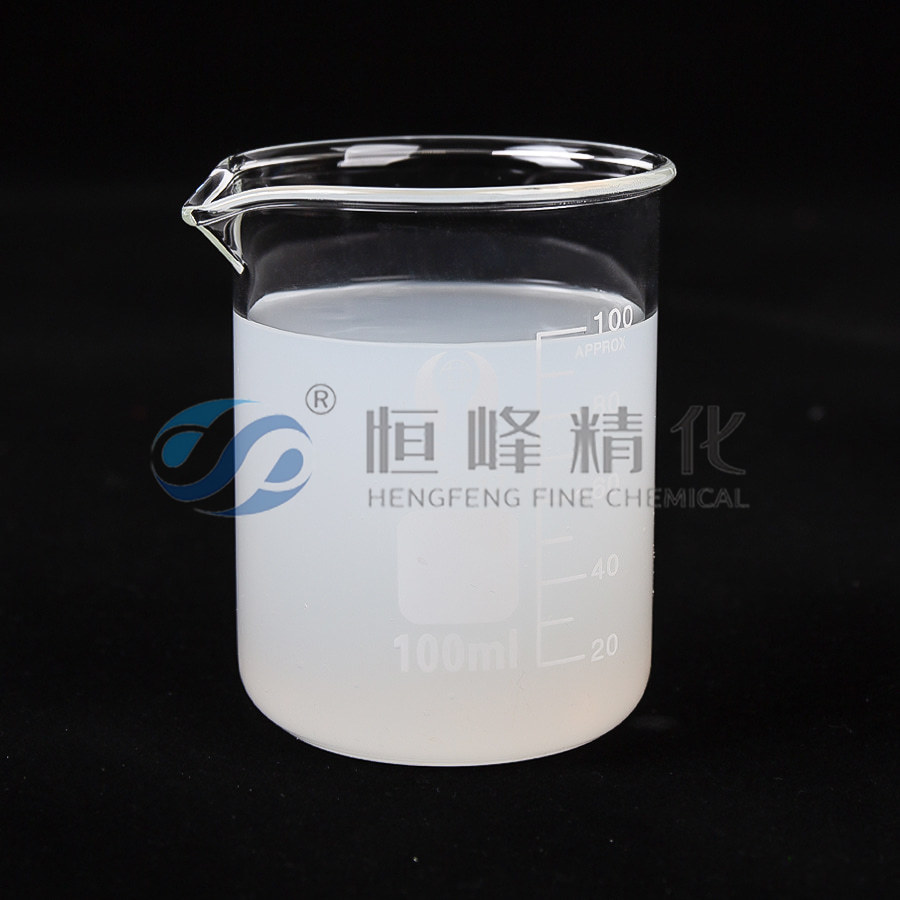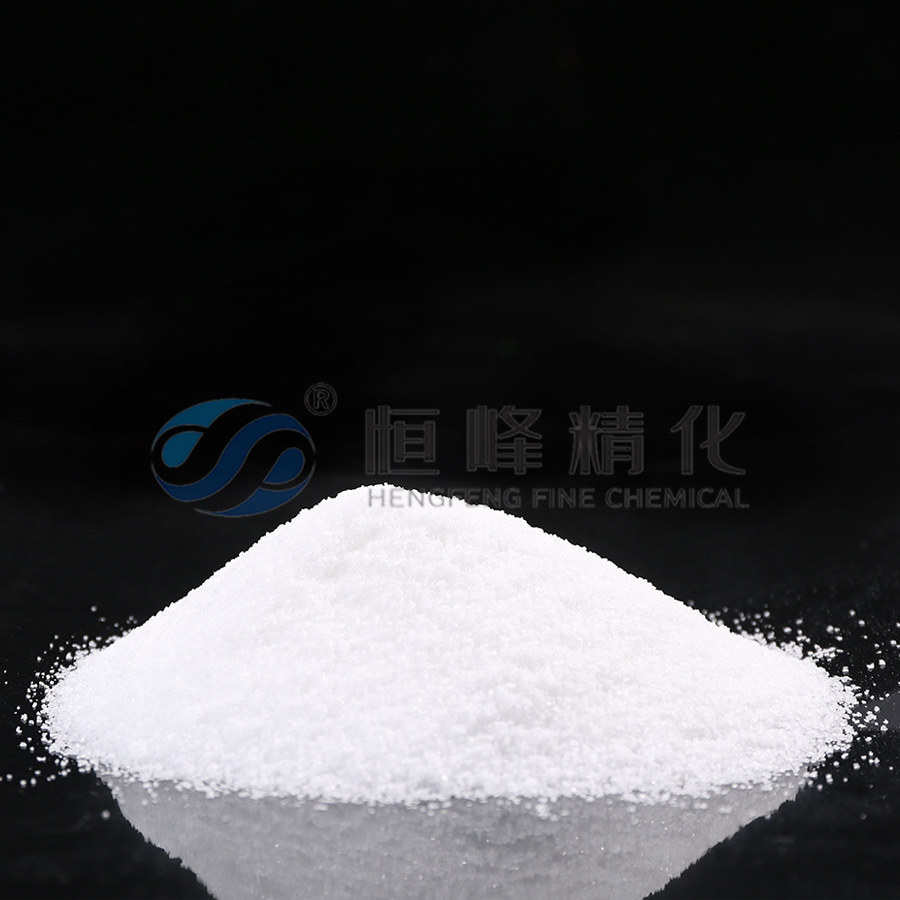How Gel Breaking Agents Perform in High-Temperature Drilling and What That Means for Field Efficiency
As drilling projects move deeper and into more geologically complex regions, the demands placed on drilling fluids and their additives continue to increase—particularly when it comes to high-temperature environments. The efficiency and stability of the gel breaking agent used in these conditions can significantly affect fluid performance, cleanout success, and overall operational reliability. Choosing a gel breaking agent that remains active and effective under heat is no longer optional for deep or geothermal wells—it’s a technical requirement with real operational consequences.
At elevated temperatures, many standard additives used in drilling fluids begin to degrade or lose functionality. For gel breaking agents, this is especially critical. Their primary role—to disrupt and reduce the viscosity of gelled polymers—depends on a stable reaction profile that withstands both temperature and time. In high-temperature wells, where bottomhole static temperatures may exceed 150°C, poorly selected or unstable gel breakers can deactivate prematurely or react too slowly, resulting in inefficient fluid flow or incomplete cleanout during wellbore displacement.
The thermal stability of a gel breaking agent is closely linked to its chemical type. Oxidative breakers such as persulfates and peroxides tend to hold up well under heat, but their reaction rates can become unpredictable if not buffered or encapsulated correctly. Enzyme-based breakers, while environmentally friendly and effective at moderate temperatures, often denature or degrade above certain thresholds unless specially modified. Our experience shows that proper encapsulation or delayed-release formulations can greatly enhance thermal performance, allowing gel breakers to activate at precise moments even under severe downhole conditions.

Compatibility with the base fluid system is another layer of complexity. High-density or oil-based muds used in high-temperature wells often contain stabilizers, salts, and polymers that can interfere with the action of the gel breaking agent. This means that the breaker must not only withstand the heat but also remain chemically compatible with all other components in the system. Laboratory simulations and thermal aging tests are essential to verifying that the gel breaking agent will perform consistently in the exact environment in which it will be deployed.
Timing and dosage control also become more sensitive at high temperatures. Reaction kinetics accelerate, which can cause premature breaking if not managed properly. That’s why delayed-action formulations and engineered carriers are widely adopted in deep-well projects. These innovations help operators maintain control over when and where the gel structure breaks down, reducing the risks of unintended fluid separation or tool clogging. It’s an area where the science meets real-world drilling practice, and where the experience of the manufacturer truly matters.
A reliable gel breaking agent, proven under high-heat conditions, can contribute significantly to lower non-productive time and safer, more predictable operations. It supports smoother transitions during displacement, reduces fluid retention in the formation, and improves the effectiveness of wellbore cleaning. These may seem like technical details, but in high-cost, high-risk drilling environments, they directly affect bottom-line performance and project timelines. That’s why advanced thermal-resistant gel breakers are quickly becoming a preferred choice among experienced field engineers.
As a manufacturer dedicated to supporting high-performance drilling operations, we’ve worked closely with partners to develop gel breaking agent solutions specifically engineered for high-temperature wells. Whether your application involves HPHT exploration, geothermal drilling, or extended-reach horizontal wells, we offer products and technical guidance designed to meet your exact specifications. The right breaker chemistry makes the difference—and we’re here to help you get it right.


 English
English Español
Español عربى
عربى Русский
Русский Tiếng Việt
Tiếng Việt




